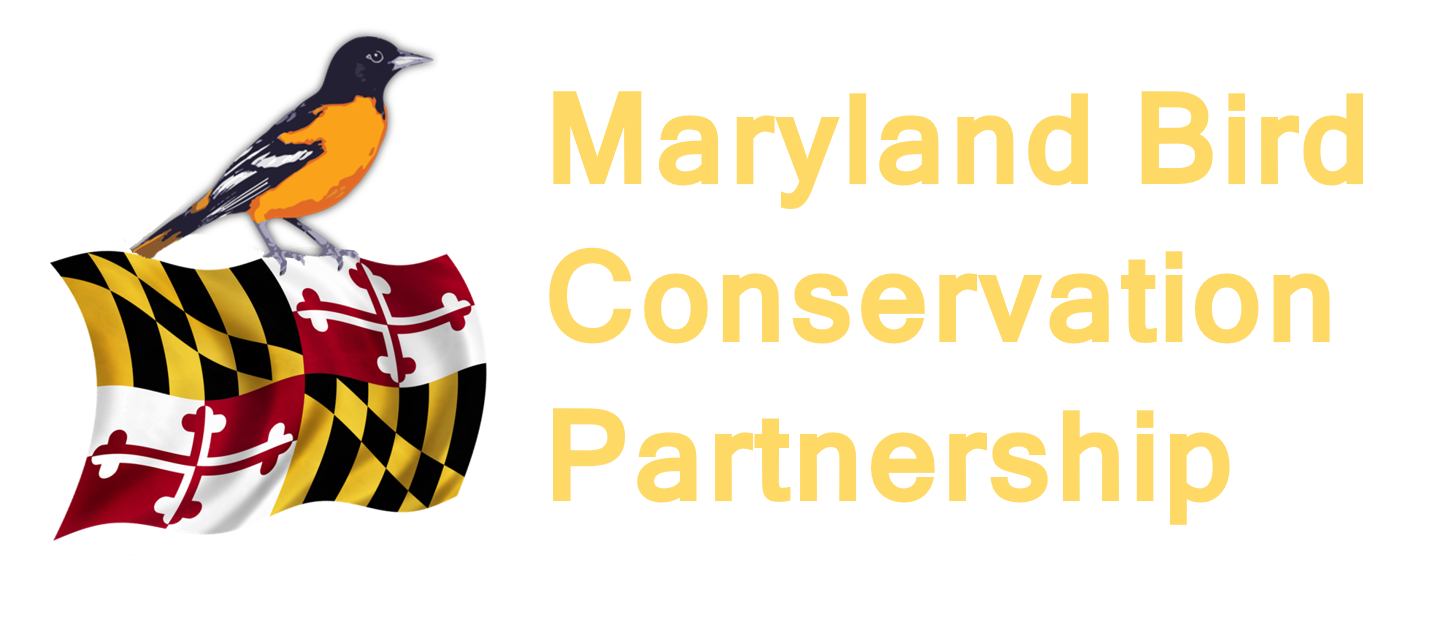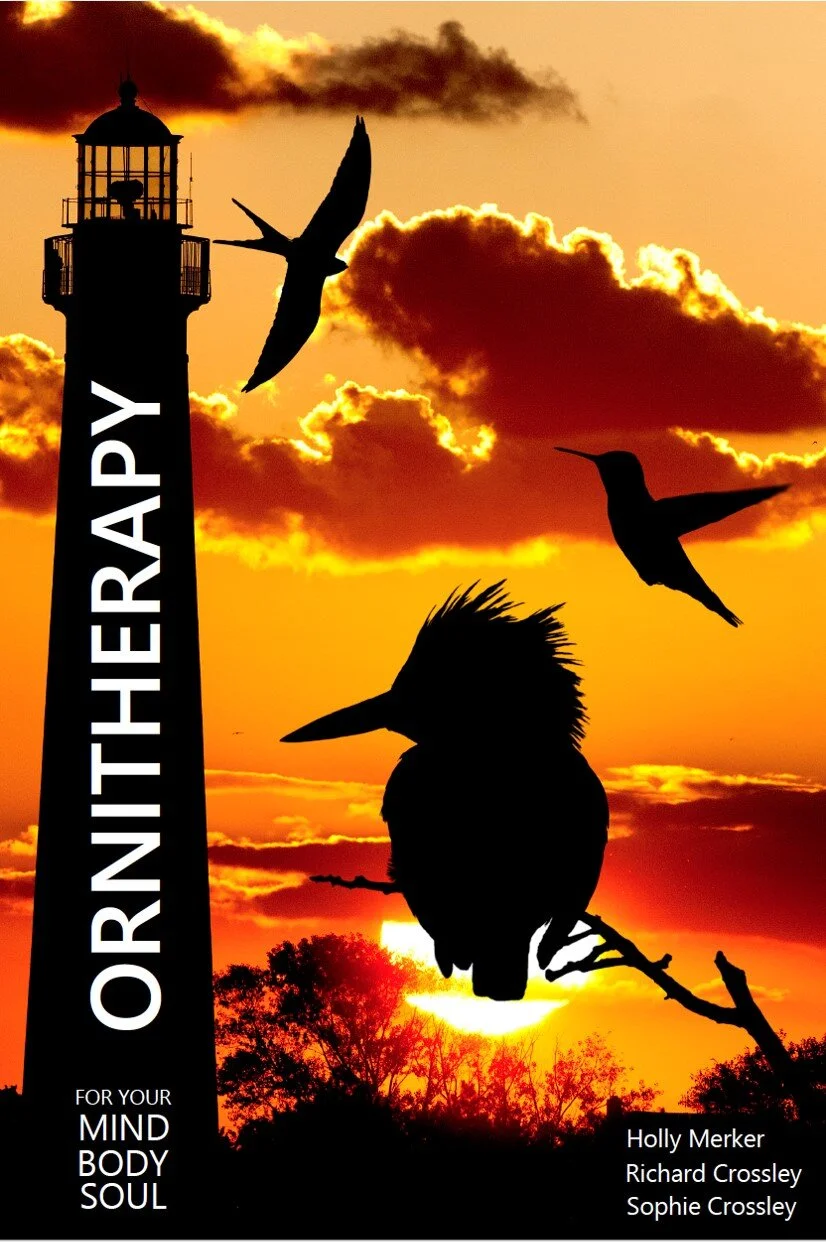Maryland Bird Conservation Update - March 2021
Keeping Bald Eagles and other wildlife safe from drones
Eagles are fascinating and fun to watch. Sometimes eager wildlife enthusiasts take their observations a bit too far. One emerging threat to eagles and other wildlife is an increase in harassment from unmanned aircraft systems, commonly referred to as drones. We need your help to keep eagles safe as they nest and raise young. Take a few moments to learn what special protections eagles have under federal law, how you can view them safely and what to do if you see someone harassing eagles or other wildlife.
Bald Eagles are more than conceptual symbols of freedom and strength. As a population, they have rebounded from the brink of extinction. In the early 1960s, there were estimated to be as few as 44 nesting pairs in the Chesapeake Bay area. By comparison, there are more than 1,400 nesting pairs today. While eagle success is partly due to strong environmental laws, it’s also due to their tenacity and adaptability as a species.
EAGLE PROTECTIONS. Even though eagles are no longer an endangered species, they are still protected by several federal laws, including the Bald and Golden Eagle Protection Act, the Migratory Bird Treaty Act and the Lacey Act, as well as other state and municipal protections. Eagles, including feathers and parts, nests, nest trees, as well their winter or nighttime roosts, are all protected by federal laws. Even with all these protections, eagles suffer from harassment, especially during the stressful time of nesting. Drone use and other invasive human activities can cause breeding pairs to abandon nests for the season. This is an actionable offense that can result in heavy fines and even prison time.
HOW CLOSE IS TOO CLOSE? During breeding season, the U.S. Fish & Wildlife Service recommends that any activities that could disturb a breeding pair be kept at least 660 feet away (two full football fields with end zones) from an active eagle nest. This extends to waterways as well. Motorized boats and other vehicles should follow the same distancing recommendations and be mindful of nesting pairs. Please note that it is also illegal to trail or pace an eagle with a drone while the eagle is in flight.
HELP PROTECT NESTING EAGLES. We encourage you to get outdoors and watch eagles from a safe distance. If you see someone who may be harassing wildlife, call 1-844-FWS-TIPS (1-844-397-8477). Many law enforcement investigations are solved because people who see unlawful activities reach out to law enforcement. Wildlife crime is far more domestic than you may realize, and it can happen in your local parks, national wildlife refuges and even on your own land. You can help make a difference.
Source: U.S. Fish & Wildlife Service
Ornitherapy: For Your Mind, Body, and Soul
Image courtesy of Crossley Books
Many people have discovered the healing power of nature and birds during the past year. People and birds share common ground, although often we don’t realize this. Ornitherapy will teach you how to rekindle these connections. We can find delight in the birds outside our doors by taking notice of hummingbirds visiting flowers or cardinals singing atop a bush: this creates a connection. Forming a deeper understanding of birds through exploration and introspection, we begin to understand more – not only about birds, but about ourselves. We are all connected through Ornitherapy.
Ornitherapy is the mindful observation of birds benefiting our minds, bodies, and souls. Surrounding us all the time, birds offer a gateway into deeper experiences with nature.
Research shows that exposure to nature actively reduces stress, depression, and anxiety while helping to promote a stronger immune system, creativity, focus, and productivity. You don’t need to have any prior knowledge of birds, just a willingness to explore connections to nature. You can pre-order your copy today from Crossley Books.
Check Line 35 on your Maryland state tax form
You can protect native animal and plant species at risk of becoming endangered, as well as their habitats, by making a tax-deductible contribution towards the Chesapeake Bay and Endangered Species fund, line 35 of the Maryland state tax form. These funds are split between the Maryland Department of Natural Resources and Chesapeake Bay Trust.
Why not skip the Spring fertilizer?
Maryland's lawn fertilizer law helps protect the Chesapeake Bay from excess nutrients entering its waters from a variety of urban sources, including golf courses, parks, recreation areas, businesses and hundreds of thousands of lawns. Nutrients, primarily nitrogen and phosphorus, are key ingredients in lawn fertilizer. When it rains, lawn fertilizer can wash into nearby storm drains and streams that empty into the Chesapeake Bay. Once in our waterways, fertilizer contributes to the growth of algae blooms that block sunlight from reaching Bay grasses, rob the water of oxygen and threaten underwater life. Lawn fertilizer now accounts for approximately 44 percent of the fertilizer sold in Maryland.
Homeowners and do-it-yourselfers are required to obey fertilizer application restrictions, use best management practices when applying fertilizer, observe fertilizer blackout dates and follow University of Maryland recommendations when fertilizing lawns. Click here for more info. So skip the spring fertilizer, especially if your lawn is healthy. Fall is the best time to fertilize cool-season grasses
Species Profile: Hooded Merganser (Lophodytes cucullatus)
Hooded Merganser © Frode Jacobsen
Helped by artificial nest boxes, including those intended for Wood Ducks, Hooded Merganser numbers are increasing within their nesting range and especially in Maryland. In fact, a study from 2006 found this sometimes-parasitic bird nesting in 32 of 577 Wood Duck boxes and just two nesting in natural cavities.
Thick in the Upper Mid-West, New England, and Canada, these beautiful brown and black birds with the white “hooded” crest have been expanding their breeding range well into Maryland where they are already a common winter denizen. Lovers of wooded lakes, ponds, and rivers, these ducks prefer wooded waters when breeding but are readily found in the open during migration.
They forage by diving and swimming underwater, propelled by feet. Adapted for good underwater vision, hoodies are thought to find their food (fish, crustaceans, aquatic insects, tadpoles, mollusks, and occasionally plant material) by sight.
Females often lay eggs in each other’s nests. Within 24 hours after hatching, young leave the nest jumping to the ground. Young find their own food and fledge about 70 days after hatching. (Audubon)
Maryland is lucky to see this beautiful species increasing statewide.
Partner Profile: Audubon Maryland-DC
Our featured partner, Audubon Maryland-DC, has joined forces with Pennsylvania to become Audubon Mid-Atlantic, but this won’t change their important work with us. They have been a critical link in monitoring Important Bird Areas around the state, marsh restoration, and passing laws to protect birds in Maryland.
Their mission is to restore the natural ecosystems in Maryland and the District of Columbia, focusing on birds, other wildlife, and their habitats for the benefit of humanity and the earth’s biological diversity.
Established in 2000, Audubon Maryland-DC, is preceded by the 30-year history of five area Audubon chapters. These will continue under Audubon Mid-Atlantic. The organization encompasses Pickering Creek Audubon Center in Easton, Maryland, Patterson Park Audubon Center in Baltimore City, an Important Bird Area Program and five chapter-owned sanctuaries.
They have significant experience with Maryland and District of Columbia school assessment tools which help center staff tailor school programs to address the specific curriculum needs of local school systems.
Whether outreach, education, monitoring, or habitat restoration, we will continue to cherish Audubon Mid-Atlantic as a partner.






